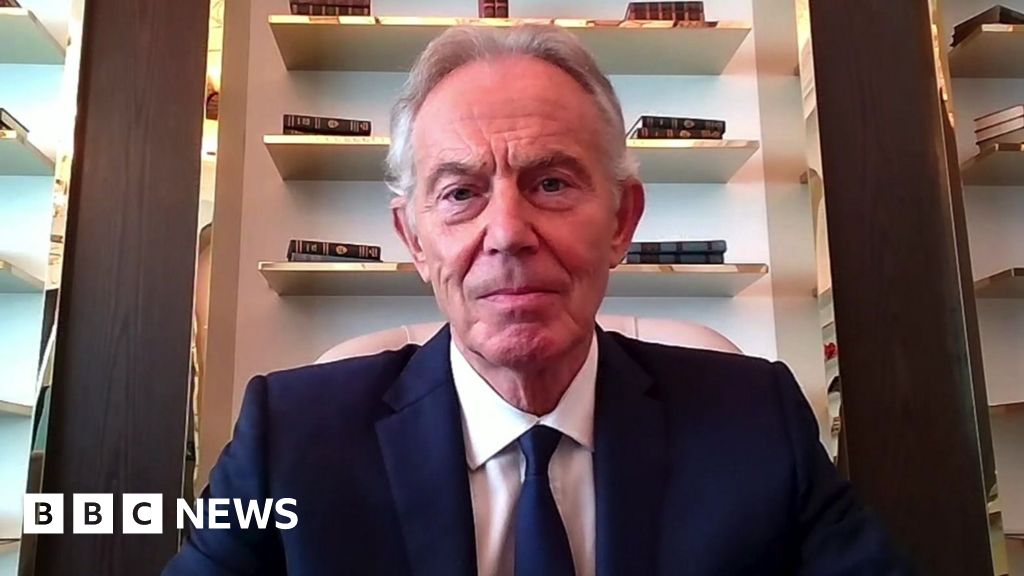 Srilata Kammila, Head of Climate Change Adaptation at the United Nations Development Programme (UNDP). Credit: UNDP
Srilata Kammila, Head of Climate Change Adaptation at the United Nations Development Programme (UNDP). Credit: UNDPBAKU, Nov 18 (IPS) - Empowering communities, fostering innovation and integrating socio-economic contexts into climate strategies are crucial for effective adaptation to climate change, says Srilata Kammila, Head of Climate Change Adaptation at the United Nations Development Programme (UNDP).
In an exclusive interview with Inter Press Service, Kammila shed light on the agency's pioneering approaches to locally-led climate adaptation.
"Locally-led adaptation isn't just about governments or international agencies imposing solutions," she said. "It's about engaging communities in designing projects based on their specific vulnerabilities, socio-economic contexts, and indigenous knowledge."
This approach, according to Kammila, ensures that adaptation strategies address the disproportionate impacts of climate change on vulnerable groups, including women, youth, and ethnic minorities. For instance, during the design phase of adaptation projects, extensive stakeholder consultations inform decisions, blending climate science with local realities.
"We recognize that vulnerable communities often bear the brunt of climate change," Kammila told IPS in an interview. "By involving them in decision-making, we not only ensure equitable solutions but also harness their unique knowledge and resilience."
Innovative Models for Locally-Led Solutions
She says that UNDP's Adaptation Innovation Marketplace (AIMA) stands out as an example of fostering local innovation. This platform, according to Kammila, provides grants ranging from USD 60,000 to USD 250,000 to support grassroots entrepreneurs and organizations.
"We've backed projects like floating aquaponics farms in India, benefiting over 5,700 households, and climate-resilient housing in the Sahel," Kammila says.
She adds that beyond financial support, AIMA offers technical assistance, business advisory services, and peer-to-peer networking. These measures, she claims, help local innovators scale their projects and embed climate adaptation strategies into their enterprises.
"This model isn't just about funding; it's about building capacity. From farming innovations to agroforestry, we're enabling communities to develop solutions tailored to their realities."
Integrating Local and National Planning
A critical aspect of UNDP's work, according to Kammila, involves bridging national adaptation strategies with local needs. National Adaptation Plans (NAPs) often guide overarching priorities, but localized plans dive deeper into region-specific vulnerabilities and opportunities.
Kammila cited Mozambique's example, where the government developed local adaptation plans in 11 districts. These plans consider specific climate risks, such as rainfall patterns and crop requirements, to implement targeted solutions.
"Adapting national strategies to local contexts is essential. What works for a farm in Mozambique might not suit one in India. By downscaling adaptation plans, we ensure that local governments and communities take the lead in shaping their futures."
Building Long-Term Resilience
The UNDP also collaborates with governments to integrate climate adaptation into broader development policies. This includes strengthening governance mechanisms, building local capacity, and ensuring climate finance reaches those who need it most.
"From ministries of finance to local farmers, everyone must be part of the conversation. Adaptation isn't a one-time effort; it's an iterative process. Risks evolve, and so must our strategies."
UNDP has supported over 60 countries in developing NAPs, enabling them to integrate climate risks into their development agendas.
"This process not only builds resilience but also unlocks resources for sustainable growth."
The Path Ahead
Despite significant progress, Kammila acknowledged the challenges ahead.
"We've laid the foundation, but scaling these efforts requires sustained commitment and innovation," she said.
By prioritizing locally-led initiatives, the UNDP is proving that communities are not just victims of climate change but vital agents of change.
"Climate adaptation is most effective when it's rooted in the lived realities of those it seeks to serve."
Localized Innovation and Technical Assistance
Climate adaptation doesn't necessitate high-tech imports from developed nations but should focus on locally appropriate solutions, Kamilla explains.
"Innovation depends on what's needed in that context—whether it's drought resilience or flood management. Technical assistance, technology transfer, and capacity building must include awareness of climate risks not just now, but how we know they will unfold."
This approach involves extensive studies on climate risks, projecting potential impacts over five to ten years. She adds that UNDP's Green Climate Fund projects, for instance, begin with consultations involving community-based organizations to ensure that adaptation solutions align with the needs of vulnerable populations, especially women.
Incorporating Gender Perspectives
Gender equity is central to UNDP's climate adaptation framework. Kammila highlighted a project in Bangladesh that focuses on the Sundarbans region, where women are often disproportionately affected by climate-induced migration and socio-economic challenges.
"In the Sundarbans, men frequently migrate to urban areas, leaving women with limited resources and agency. The project, implemented with the Ministry of Women and Child Affairs rather than the Ministry of Environment, prioritizes women's needs, ensuring they benefit from water and adaptation solutions," Kammila says.
UNDP, she says, employs gender-disaggregated data to monitor how projects impact women specifically.
"For instance, if a project targets 200,000 people, we aim to ensure a significant percentage are women. This involves examining how women in households directly benefit from water solutions or other interventions."
Challenges in Integrating Adaptation with Development
While UNDP supports governments in integrating climate adaptation into national development goals, the actual integration is the responsibility of governments.
This process, according to Kammila, is however fraught with challenges. She says the key hurdles include data and information deficiencies, as developing countries often lack observational networks and forecasting capacities critical for understanding climate risks at granular levels.
She also noted Institutional and Human Capacity Gaps as many Least Developed Countries (LDCs) and small island developing states (SIDS) struggle with limited expertise in adaptation planning. "
"Also, we have community-level awareness. Local governments and communities frequently lack understanding of effective adaptation strategies, necessitating education and training. And then we have financial constraints, as adaptation requires additional financing, often unavailable through traditional development budgets. Instruments like the Green Climate Fund (GCF) are vital to bridging this gap," Kammila told IPS.
Mobilizing Climate Finance
"We've mobilized USD 1.6 billion in active portfolios, unlocking USD 3 billion in co-financing. This funding supports sectors such as agriculture, water management, disaster preparedness, and ecosystem-based adaptation."
In practical terms, says Kammila, UNDP assists governments in combining their development budgets with climate finance to ensure resilience. For example, irrigation investments are augmented with climate-sensitive funds to make them adaptive. "We oversee and monitor the funds to ensure proper use, applying environmental, social, and gender safeguards."
Expectations from COP
As the global community gathers for the COP29 at Baku, finance remains a central theme. Kammila acknowledges the urgency. "This is now or never. A major focus is on setting a new global climate finance target. The challenge is ensuring sufficient and timely resources for adaptation, particularly for vulnerable countries. Yeah, I mean, absolutely, it's the finance COP. A big focus of this is, as you know, the new global climate finance target."
IPS UN Bureau Report
Follow @IPSNewsUNBureau
Follow IPS News UN Bureau on Instagram
© Inter Press Service (2024) — All Rights ReservedOriginal source: Inter Press Service

 3 days ago
7
3 days ago
7









